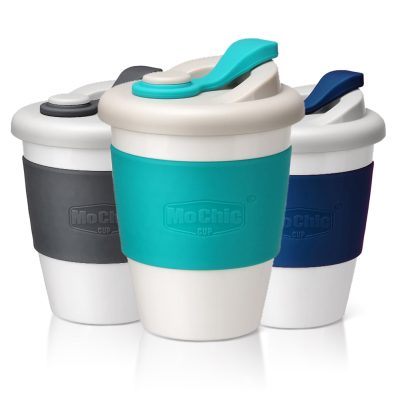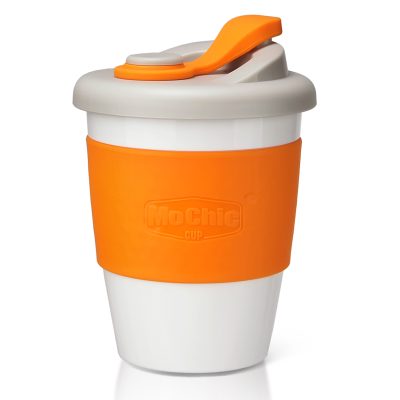There are many kinds of ceramics, and according to different angles, they can be divided into different types of ceramics. Ceramics can be divided into artistic ceramics, daily-use ceramics, sanitary ceramics, architectural ceramics and so on according to different uses. Today’s article is about daily ceramics. Daily-use ceramics, as the name suggests, refers to the ceramics used in daily life. Small classification of ceramics Daily ceramics can also be divided into different ceramics according to different angles. The following small series of Weiao Ceramics will talk about the classification of daily ceramics in detail.
Daily ceramics are mainly classified from two perspectives. One is to classify daily-use ceramics into fine-pottery, daily-use stoneware, daily-use ordinary porcelain, bone china, reinforced porcelain, feldspar porcelain, etc. according to the types of daily-use ceramics. Pottery can be divided into rough pottery and fine pottery according to the quality of its green body. Fine pottery has a thinner body and lighter body. Of course, it still has all the characteristics of the pottery body with large pores and high water absorption. Stoneware is the previously mentioned fully sintered but unceramicized pottery, a product between pottery and porcelain. The previous water tank similar to pottery was stoneware. Its carcass is generally thick, with a stone-like section, low water absorption, and high hardness. Strengthened porcelain is a kind of porcelain that is fired at high temperature by adding aluminum, magnesium and other ingredients on the basis of porcelain raw materials. Compared with ordinary porcelain, this kind of porcelain is more resistant to falling.
The second is to classify according to the method of daily ceramic flower decoration. According to the flower decoration, it can be divided into on-glaze color, in-glaze color, under-glaze color, color glaze and white porcelain. The on-glaze color is decorated with pigments on the glaze after the glaze is fired, and finally fired at a low temperature is the on-glaze color. In-glaze color is similar to on-glaze color, but it is finally colored by firing at high temperature, so that the glaze melts and the pigment on the glaze sinks into the glaze, which is the in-glaze color. Underglaze color is to color on the body before glazing, and then glazing and firing, that is, underglaze color. White glaze is the natural glaze of porcelain. Color glaze is to change the glaze color by adjusting the content of various trace elements in the glaze. White porcelain is fired using china clay with low iron content and glaze with little or no color formers. The whiteness of such white porcelain is very high.








